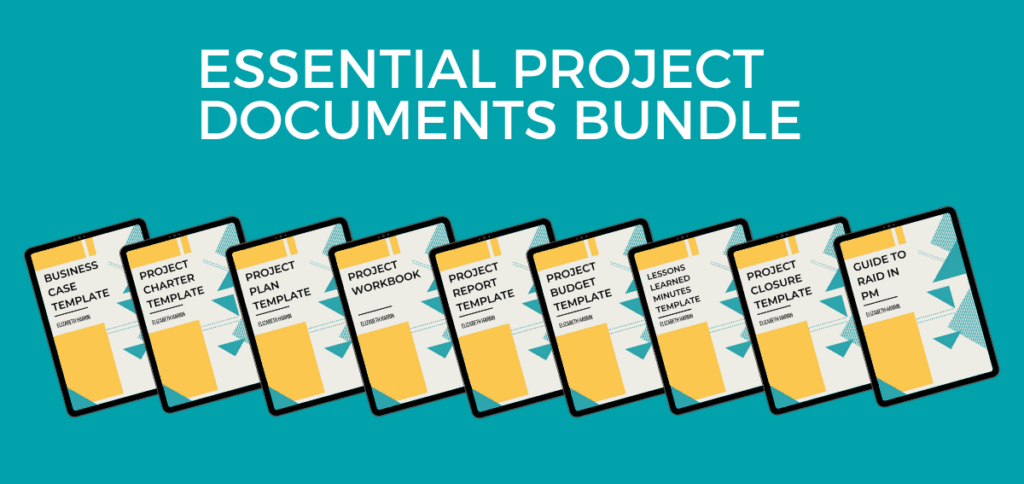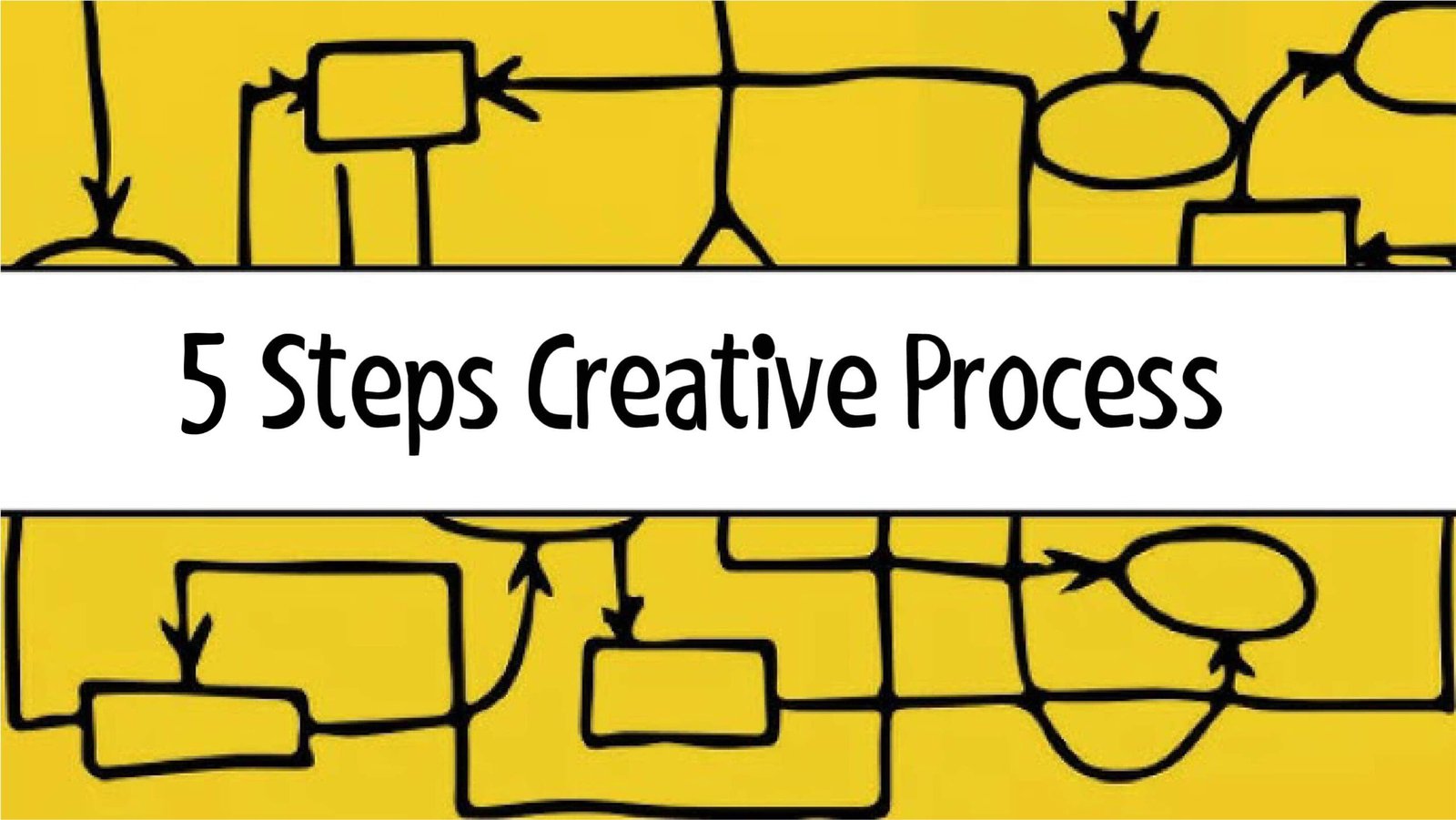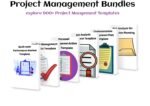Introduction:
Project Management Bundles are comprehensive packages of tools and resources designed to streamline and support various aspects of project management, including planning, execution, monitoring, and closure. These bundles typically integrate software applications for task management, collaboration, resource allocation, risk assessment, and financial oversight, facilitating efficient and effective project management.

What are Some Important Components?
- Project Planning Tools Project planning tools help define project scope, objectives, and deliverables. They include Gantt charts, task lists, and project timelines, enabling teams to visualize the project schedule and allocate resources effectively.
- Collaboration and Communication Platforms Effective communication and collaboration are crucial for project success. Platforms like Slack, Microsoft Teams, and Trello facilitate real-time communication, file sharing, and task management, ensuring team members stay connected and informed.
- Resource Management Tools Resource management tools help allocate and track resources, including personnel, equipment, and budget. These tools ensure that resources are used efficiently and help avoid overallocation or underutilization.
- Risk Management Tools Identifying and mitigating risks is essential for project success. Risk management tools help project managers anticipate potential issues, assess their impact, and develop strategies to minimize their effects.
- Project Monitoring and Reporting Tools Monitoring progress and generating reports are vital for keeping stakeholders informed. Tools like dashboards, status reports, and performance metrics provide real-time insights into project health and progress.
- Financial Management Tools Managing project finances involves budgeting, cost estimation, and expense tracking. Financial management tools help project managers control costs, track expenditures, and ensure projects stay within budget.
Related Article: Project Resource Planning Template
Identifying the Key Benefits:
- Enhanced Efficiency These bundles streamline workflows by integrating various tools into a unified platform. This integration reduces the time spent switching between applications and improves overall efficiency.
- Improved Collaboration Centralized communication and collaboration platforms ensure team members can easily share information, collaborate on tasks, and resolve issues quickly. This fosters a more cohesive and productive work environment.
- Better Resource Utilization Resource management tools help project managers allocate resources optimally, ensuring that personnel and equipment are used efficiently. This reduces wastage and improves project outcomes.
- Proactive Risk Management Risk management tools enable project managers to identify potential risks early and develop mitigation strategies. This proactive approach helps minimize disruptions and keeps projects on track.
- Real-Time Monitoring Project monitoring tools provide real-time data on project progress, allowing managers to make informed decisions and adjust plans as needed. This ensures projects stay on schedule and within scope.
Defining the Key Features:
- User-Friendly Interface A user-friendly interface is crucial for ensuring team members can easily navigate and use the tools. Look for bundles with intuitive dashboards and easy-to-use features.
- Customizability Customizable tools allow project managers to tailor the bundle to their specific needs. This includes customizing workflows, reports, and dashboards to match project requirements.
- Integration Capabilities Integration with other software and tools is essential for seamless workflows. Ensure the bundle can integrate with your existing systems, such as CRM, ERP, and other project management tools.
- Scalability As your organization grows, your project management needs will evolve. Choose a bundle that can scale with your organization, accommodating larger projects and more users.
- Security Features Protecting project data is crucial. Look for bundles with robust security features, including data encryption, access controls, and regular security updates.
- Support and Training Adequate support and training are essential for maximizing the benefits of these bundles. Choose a provider that offers comprehensive support, including training materials, customer service, and technical assistance.
Download: Project Management Documentation Templates

Defining the Steps for Implementation:
- Assess Your Needs Begin by assessing your organization’s project management needs. Identify the key challenges you face and the tools and features that will address these challenges effectively.
- Research and Compare Options Research various project management bundles and compare their features, pricing, and user reviews. Consider conducting trials or demos to evaluate their usability and effectiveness.
- Customize and Configure Once you’ve selected a bundle, customize and configure it to match your organization’s workflows and processes. This includes setting up dashboards, task lists, and reports to align with your project requirements.
- Train Your Team Ensure your team members are trained on how to use the new tools effectively. Provide training sessions, tutorials, and resources to help them get up to speed quickly.
- Monitor and Adjust After implementing the bundle, monitor its performance and gather feedback from your team. Make necessary adjustments to optimize its use and address any issues that arise.
Related Article: Construction Project Management
Determining the Trends Shaping in 2024:
- AI and Machine Learning Integration AI and machine learning are becoming integral to project management bundles. These technologies help automate repetitive tasks, provide predictive analytics, and offer insights that improve decision-making.
- Remote and Hybrid Work Support With the rise of remote and hybrid work, these bundles are evolving to support distributed teams. Features like virtual collaboration, cloud-based access, and real-time updates ensure teams can work effectively from anywhere.
- Focus on User Experience User experience is a top priority for project management tools in 2024. Providers are focusing on creating intuitive interfaces and seamless user experiences to enhance adoption and productivity.
- Data-Driven Decision-Making Data analytics and reporting capabilities are becoming more sophisticated, enabling project managers to make data-driven decisions. Real-time data visualization and advanced analytics provide deeper insights into project performance.
- Sustainability and Green Project Management Sustainability is gaining prominence in project management. Bundles incorporate features that help manage environmentally friendly projects, track sustainability metrics, and reduce carbon footprints.
Related Article: Project Timeline Template Excel
Case Studies: Successful Implementation of Project Management Bundles
- Tech Startup A tech startup implemented a project management bundle to streamline its product development process. The bundle included task management, collaboration, and reporting tools. The result was improved team communication, faster project completion, and enhanced product quality.
- Construction Company A construction company used a project management bundle to manage multiple large-scale projects simultaneously. The bundle’s resource management and risk assessment tools helped allocate resources efficiently and mitigate potential issues, leading to successful project deliveries on time and within budget.
- Marketing Agency A marketing agency adopted a project management bundle to handle its diverse client projects. The bundle’s customizable workflows and integration capabilities allowed the agency to tailor the tools to each client’s needs. This improved project tracking, client communication, and overall project outcomes.
Related Article: Project Schedule Template Excel
Future Outlook:
- Greater Integration with Business Processes In the future, these bundles will offer deeper integration with broader business processes. This will enable organizations to align project management with strategic goals, enhancing overall business performance.
- Increased Automation Automation will play a larger role in project management, reducing manual effort and improving efficiency. Automated workflows, task assignments, and reporting will free up project managers to focus on strategic planning and decision-making.
- Enhanced Collaboration Features Collaboration features will continue to evolve, offering more advanced capabilities for remote and hybrid teams. This includes enhanced video conferencing, virtual whiteboards, and real-time co-authoring of documents.
- Emphasis on Continuous Improvement These bundles will emphasize continuous improvement, with tools that support iterative development, feedback loops, and performance optimization. This will help organizations adapt to changing requirements and improve project outcomes over time.
- Focus on User-Centric Design User-centric design will remain a key trend, with providers focusing on creating tools that are easy to use and adapt to different user needs. This will drive higher adoption rates and improve overall project management effectiveness.
Conclusion:
These bundles offer a comprehensive solution for managing projects efficiently and effectively. By integrating various tools and resources, these bundles enhance collaboration, improve resource utilization, and support proactive risk management. Organizations that adopt these bundles will be better equipped to navigate the complexities of modern project management and achieve their strategic goals.


